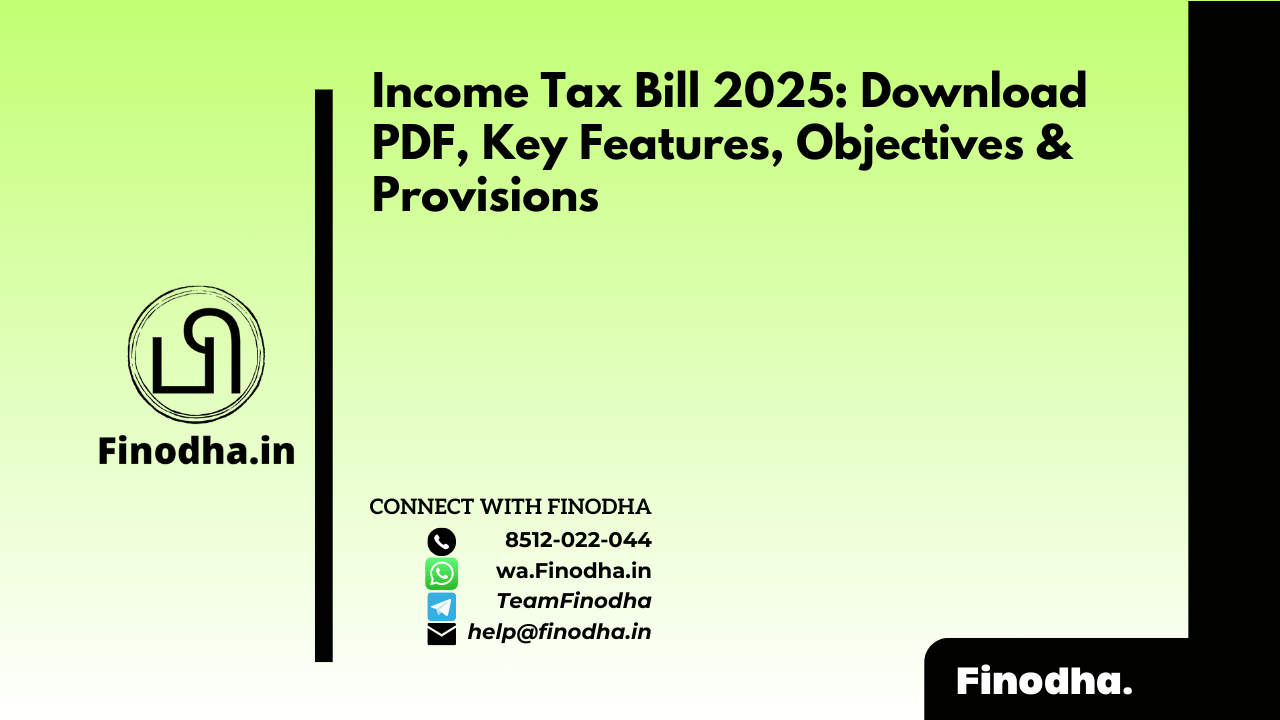Important Keyword: Cash Deposits, ITR, Compliance Portal.
Table of Contents
Tax liability on Cash Deposits
In the realm of income tax filing, certain transactions demand attention and disclosure to ensure compliance with regulations. Understanding these nuances is essential for taxpayers, especially when faced with verification issues from the Income Tax Department (ITD). Here’s a simplified narrative to guide taxpayers through potential verification challenges and the necessary responses:
- Disclosure of Cash Deposits: Taxpayers dealing with significant cash deposits must adhere to the rules outlined in Section 114B. For transactions involving Rs. 50,000 or more, it’s mandatory to disclose the Permanent Account Number (PAN). Additionally, recent amendments to Section 269SS now encompass proceeds from property sales, further widening the scope of mandatory disclosures.
- Statement of Financial Transaction (SFT): Specified cash transactions trigger the requirement for filing a Statement of Financial Transaction (SFT). This ensures transparency and accountability in financial dealings, contributing to a robust tax ecosystem.
- Verification Issues and Communication from ITD: Taxpayers may receive communication from the ITD via SMS, calls, or emails for various reasons:
- Non-filing of Income Tax Returns (ITRs) or pending tax liabilities in a given assessment year.
- Discrepancies between the information provided by taxpayers and data received by the ITD.
- Reporting of significant transactions during a financial year that deviate from the taxpayer’s profile.
- Submitting Responses Online: Taxpayers encountering verification issues are required to respond promptly. This can be done through the online platform provided by the compliance portal. By logging in and submitting the necessary responses, taxpayers demonstrate their commitment to resolving issues and ensuring compliance with tax regulations.
Navigating income tax verification processes can be complex, but with clear guidance and timely action, taxpayers can effectively address any challenges that arise. By staying informed and proactively engaging with the ITD, taxpayers contribute to a transparent and accountable tax system, fostering mutual trust between taxpayers and tax authorities.
Verification issue in the computation of tax liability for Cash Deposits
| Code | Description | Response |
| A1 | Correct Information Value | Amount + Remarks |
| A2 | Out of earlier income or savings | Amount + Remarks |
| A3 | Out of receipts exempt from tax | Exempt income-wise list |
| A4 | Received from identifiable persons (without PAN) | PAN wise list |
| A5 | Received from identifiable persons (without PAN) | Person wise list |
| A6 | Received from un-identifiable persons | Nature of transaction wise list |
| A7 | Others | Amount + Remarks |
| A8 | Unexplained amount | A1- (A2+A3+A4+A5+A6+A7) |
Section A of the property transaction form requires detailed information regarding the source of funds used for property purchase. Here’s a breakdown of each subsection:
A1: Total Investment Amount Provide the total amount paid for purchasing the property, including the purchase price and associated expenses like stamp duty. If multiple individuals co-own the property, specify each co-owner’s share, along with their name, PAN, and respective ownership percentage.
A2: Investment from Previous Income or Savings If any portion of the investment comes from income or savings accumulated before the property purchase, disclose the amount under this category. Include relevant remarks to explain the source of funds.
A3: Investment from Tax-Exempt Receipts If funds used for the property purchase originate from receipts exempt from taxation, select the applicable exemption from the dropdown list. Specify the receipt’s value to determine its contribution to the property investment.
Available exemptions include:
- Interest income under section 10.
- Dividend income under section 10(34).
- Long-term capital gains on shares under section 10(38).
- Agricultural income under section 10(1).
- Share in the total income of firm/AOP under section 10(2A).
- Income not taxable in India.
- Other exemptions.
If selecting “Others,” provide additional details in the corresponding rows.

A4: Funds Received from Identifiable Persons (with PAN) For amounts received from identifiable individuals holding a valid PAN, provide their details according to the transaction type (e.g., sales, loan received, gift received) and mode (cash or non-cash). Add rows as needed and include remarks for clarification.

A5: Funds Received from Identifiable Persons (without PAN) If funds are received from identifiable individuals without a PAN, document their details in the respective table format.

A6: Funds Received from Unidentifiable Persons For amounts received from unidentifiable individuals, record their details in the provided table format.

A7: Other Sources of Funds Include any funds not covered in the previous categories in this section. Provide remarks for clarity.
A8: Unexplained Amount This section calculates the difference between the total investment amount (A1) and the sum of amounts declared in sections A2 to A7. Any unexplained amount should be noted here, along with explanations if available.
Read More: Compliance Portal: Information Detail
Web Stories: Compliance Portal: Information Detail
Official Income Tax Return filing website: https://incometaxindia.gov.in/




